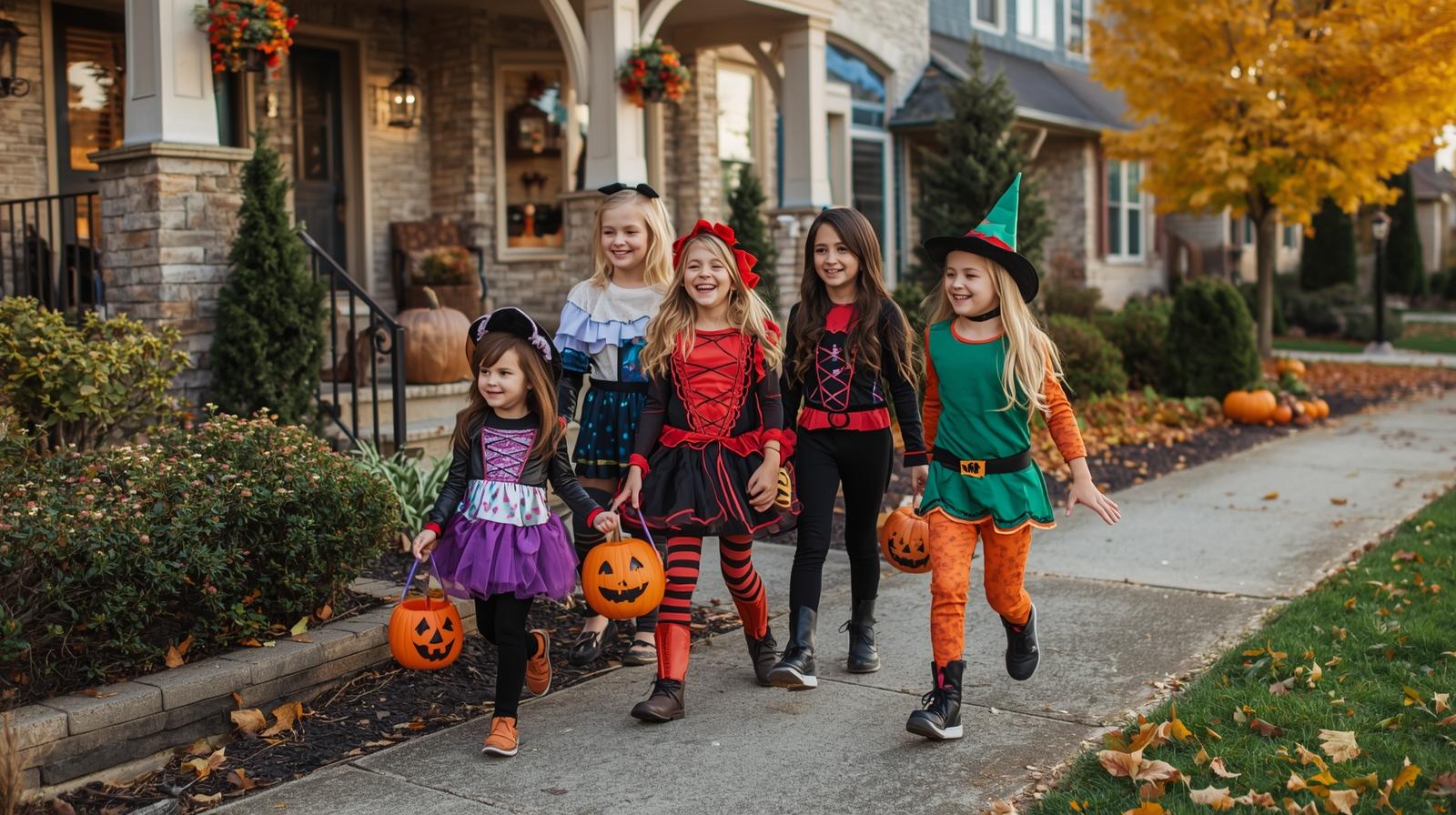
Every Halloween, kids put on costumes, grab their candy buckets, and hit the streets chanting “trick or treat!” But believe it or not, this spooky little ritual goes way further back than most people think. Long before candy corn and superhero costumes, there were ancient festivals, medieval prayers, and a few mischievous traditions that helped shape what we know today.
From Celtic Samhain to Halloween Night
Over 2,000 years ago, the Celtic people celebrated Samhain, marking the end of harvest and the start of winter. They believed that on this night, the boundary between the living and the dead grew thin, allowing spirits to cross over. To keep ghosts happy—or to blend in with them—people lit bonfires, wore disguises, and left out food offerings.
Sound familiar? Those early Samhain customs set the stage for what eventually became Halloween.
“Souling” and “Guising” in the Middle Ages
When Christianity spread through Europe, the pagan Samhain merged with All Saints’ Day and All Souls’ Day. That’s when a new custom called souling began. The poor would go door-to-door asking for soul cakes in exchange for prayers for the dead.
Meanwhile, in Ireland and Scotland, children and young folks practiced guising—dressing in costumes, singing songs, or performing little tricks in exchange for treats like fruit, coins, or nuts. Guising was playful, a little spooky, and the direct ancestor of modern trick-or-treating.
Immigrants Bring It to America
Irish and Scottish immigrants carried these Halloween traditions to the United States in the 1800s. But it wasn’t until the early 1900s that “trick-or-treating” as we know it started showing up—first in Canada, then spreading across the U.S.
By the 1930s, kids were roaming neighborhoods asking for treats while threatening harmless pranks if they didn’t get any. The phrase “trick or treat” became common, and after World War II, when sugar rationing ended, the candy companies jumped on board and turned it into a national tradition.
The Modern Halloween Tradition
Today, trick-or-treating is a staple of American Halloween. Kids (and plenty of adults) still dress up, knock on doors, and fill their bags with candy. The old superstitions may have faded, but the heart of the ritual remains the same: a mix of fun, community, and just a hint of mischief.
From ancient Celtic fields to suburban front porches, trick-or-treating has traveled centuries and continents to become one of the most beloved parts of Halloween night.
Lisa Crow contributed to this article. She is a true crime junkie and lifestyle blogger based in Waco, Texas. Lisa is the Head of Content at Gigi’s Ramblings and Southern Bred True Crime Junkie. She spends her free time traveling when she can and making memories with her large family which consists of six children and fifteen grandchildren.